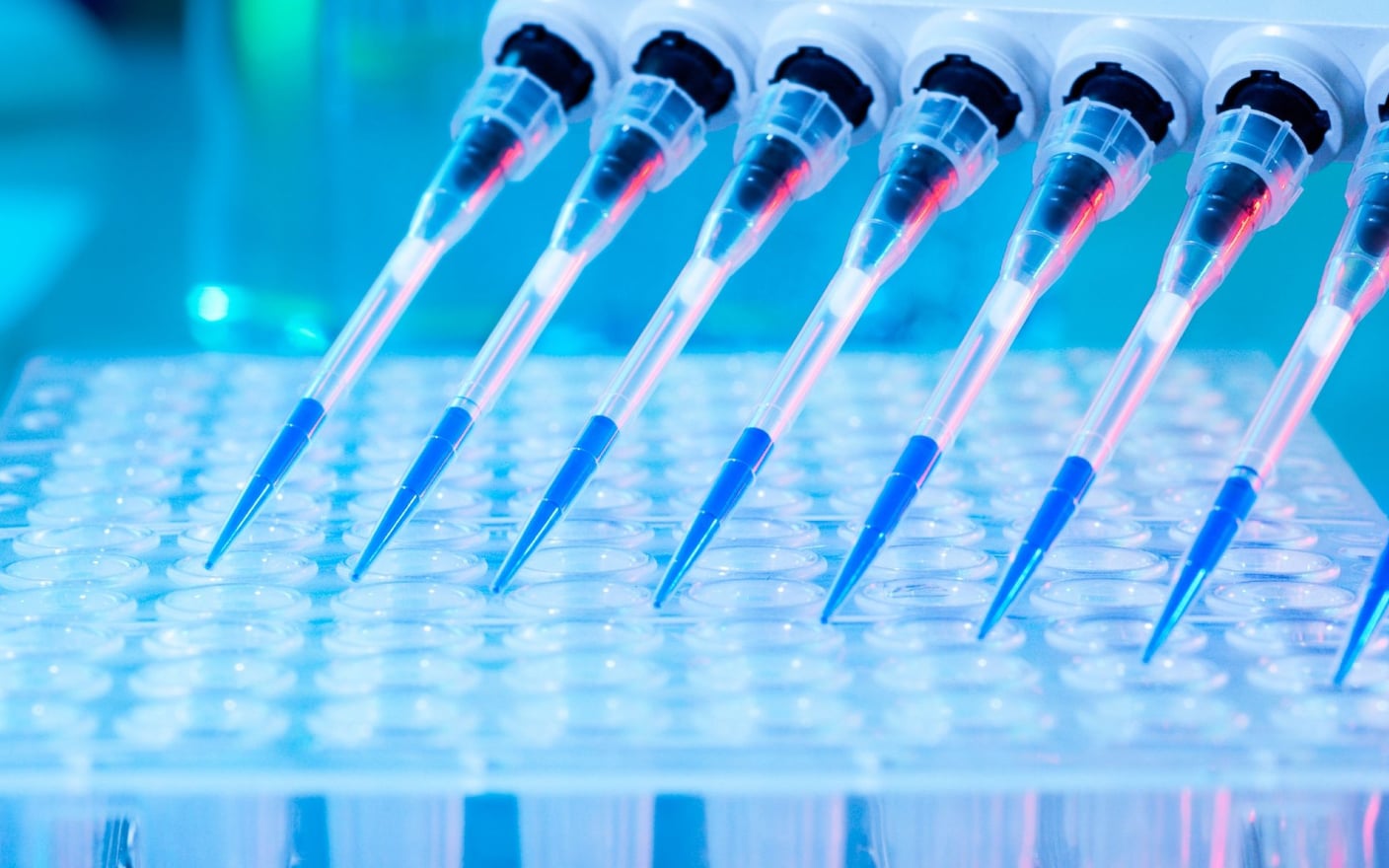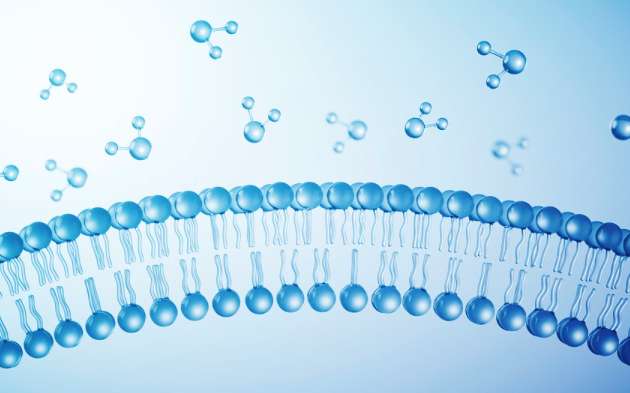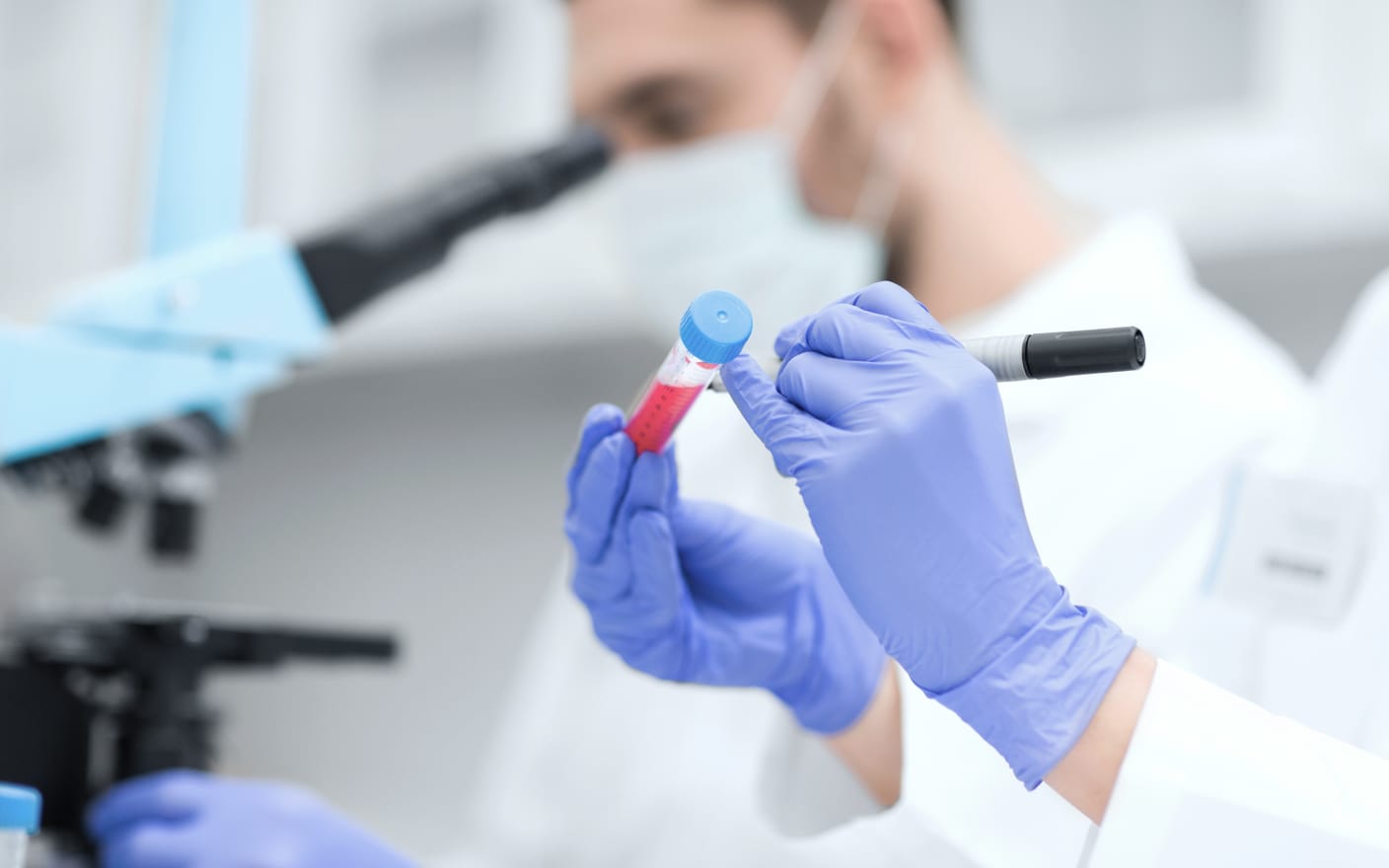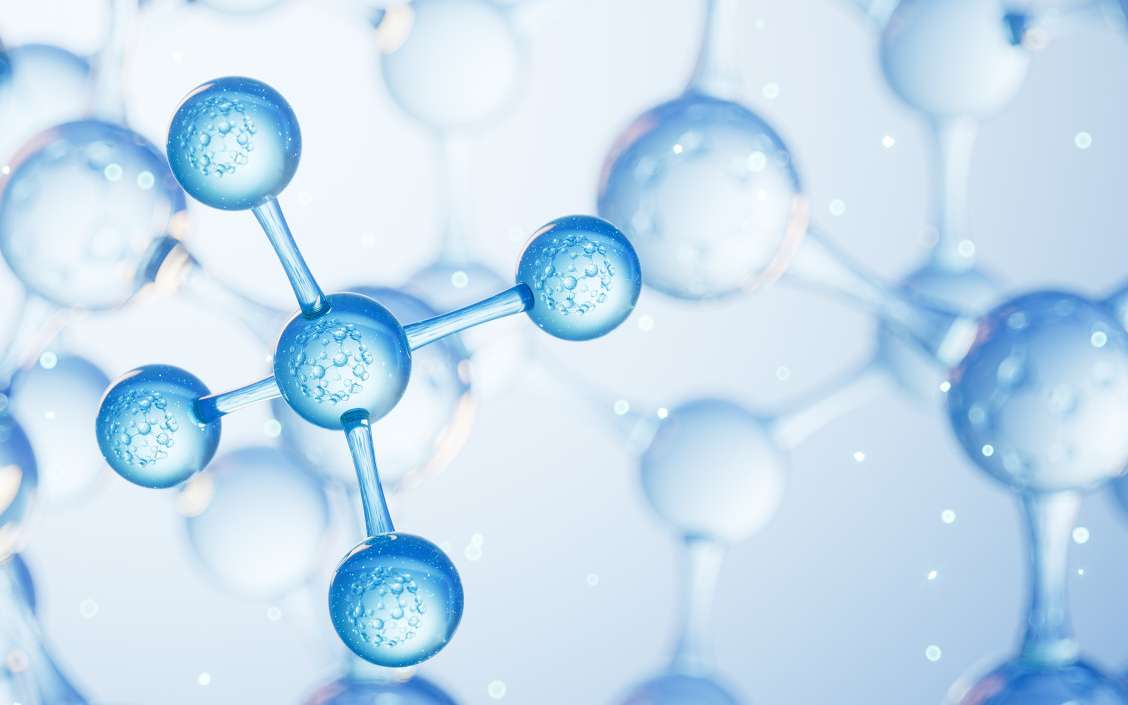Drug metabolism refers to the process in which a drug undergoes structural changes under the action of various drug-metabolizing enzymes (primarily in the liver). In the drug development process, metabolism can significantly impact the success or failure of drug research to some extent. Therefore, it is necessary to discuss the metabolic studies of Proteolysis-Targeting Chimera (PROTAC)*, which have become a big hit in recent years.
Why understanding the key metabolic enzymes of PROTAC is crucial
The drug-metabolizing enzymes involved in PROTAC metabolism are phase I or phase II metabolizing enzymes involved in the metabolism of conventional small molecules. Notably, attention needs to be paid to the metabolism of PROTAC by CYP3A4, aldehyde oxidase (AO) and hydrolases in whole blood. The reasons are as follows:
-
The phase I metabolizing enzymes, represented by CYP450 enzymes, are considered to be involved in the metabolism of about 50% of clinical drugs1. CYP3A4 is the most major phase I metabolizing enzyme among the CYP450 enzymes.
-
Aldehyde oxidase is not a common metabolizing enzyme. Compounds that are mainly metabolized by aldehyde oxidase are metabolically stable in animals, while they may be metabolically unstable in humans.
-
Some PROTAC molecules have stability issues in plasma or whole blood , which may be caused by the instability of linker or linker binding sites. Further study on identifying particular enzymes that may cause the instability of PROTAC in whole blood needs to be conducted.
How to select an appropriate in vitro metabolic model
It is essential to choose the appropriate in vitro metabolic model according to PROTAC metabolism characteristics:
-
When PROTAC compounds are mainly metabolized by CYP enzymes, the metabolism of liver microsomes that mainly contain phase I metabolizing enzymes can better show the in vitro metabolism.
-
When there is strong phase II metabolism, the hepatocyte system that contains a membrane barrier and complete metabolizing enzyme system is more appropriate for studying the in vitro metabolism of PROTAC.
-
If aldehyde oxidase is involved in the metabolism of PROTAC, liver S9 or the liver cytosol system is recommended to study the in vitro metabolism of PROTAC.
-
It is critical to investigate the stability of PROTAC compounds in whole blood/plasma in vitro and metabolic stability studies in freshly collected whole blood are recommended.
-
The protein binding rate of PROTAC is generally high, and free concentrations of compounds in the incubation system need to be fully considered when the interspecies comparison or in vitro-in vivo extrapolation (IVIVE) is conducted.
Facilitating structural optimization through studies on metabolic soft spots
The PROTAC is a ternary complex that is composed of two small molecular compounds linked through linkers. Goracci et al 2’s research suggests that it was difficult to predict the metabolism of PROTAC molecules according to the metabolism of ligands. Therefore, PROTAC metabolism shall be studied as a whole. Linker cleavage could produce two ligand-related metabolites, which means that the effect of metabolites on drug efficacy needs to be fully considered in the PK/PD study of PROTAC.
Overall, we expect more experience to be summarized to gain an in-depth understanding of the metabolic characteristics of PROTAC molecules.
*PROTAC® is a registered trademark of Arvinas. In this article, PROTAC specifically refers to the abbreviation of Proteolysis-Targeting Chimera as therapeutic modalities.
Committed to accelerating drug discovery and development, we offer a full range of discovery screening, preclinical development, clinical drug metabolism, and pharmacokinetic (DMPK) platforms and services. With research facilities in the United States (New Jersey) and China (Shanghai, Suzhou, Nanjing, and Nantong), 1,000+ scientists, and over fifteen years of experience in Investigational New Drug (IND) application, our DMPK team at WuXi AppTec are serving 1,500+ global clients, and have successfully supported 1,200+ IND applications.
Talk to a WuXi AppTec expert today to get the support you need to achieve your drug development goals.
Reference
1.Saravanakumar A, Sadighi A, Ryu R, Akhlaghi F. Physicochemical Properties, Biotransformation, and Transport Pathways of Established and Newly Approved Medications: A Systematic Review of the Top 200 Most Prescribed Drugs vs. the FDA-Approved Drugs Between 2005 and 2016. Clin Pharmacokinet. 2019 Oct;58(10):1281-1294. doi: 10.1007/s40262-019-00750-8. PMID: 30972694; PMCID: PMC6773482.
2.Goracci L, Desantis J, Valeri A, Castellani B, Eleuteri M, Cruciani G. Understanding the Metabolism of Proteolysis Targeting Chimeras (PROTACs): The Next Step toward Pharmaceutical Applications. J Med Chem. 2020 Oct 22;63(20):11615-11638. doi: 10.1021/acs.jmedchem.0c00793. Epub 2020 Oct 7. PMID: 33026811; PMCID: PMC8015227.
Related Services and Platforms




-

 In Vitro ADME ServicesLearn More
In Vitro ADME ServicesLearn More -

 MetID (Metabolite Profiling and Identification)Learn More
MetID (Metabolite Profiling and Identification)Learn More -

 Novel Drug Modalities DMPK Enabling PlatformsLearn More
Novel Drug Modalities DMPK Enabling PlatformsLearn More -

 Physicochemical Property StudyLearn More
Physicochemical Property StudyLearn More -

 Permeability and Transporter StudyLearn More
Permeability and Transporter StudyLearn More -

 Drug Distribution and Protein Binding StudiesLearn More
Drug Distribution and Protein Binding StudiesLearn More -

 Metabolic Stability StudyLearn More
Metabolic Stability StudyLearn More -

 Drug Interactions StudyLearn More
Drug Interactions StudyLearn More -

 In Vitro MetID (Metabolite Profiling and Identification)Learn More
In Vitro MetID (Metabolite Profiling and Identification)Learn More -

 In Vivo MetID (Metabolite Profiling and Identification)Learn More
In Vivo MetID (Metabolite Profiling and Identification)Learn More -

 Metabolite Biosynthesis and Structural CharacterizationLearn More
Metabolite Biosynthesis and Structural CharacterizationLearn More -

 Metabolites in Safety Testing (MIST)Learn More
Metabolites in Safety Testing (MIST)Learn More
Stay Connected
Keep up with the latest news and insights.
















